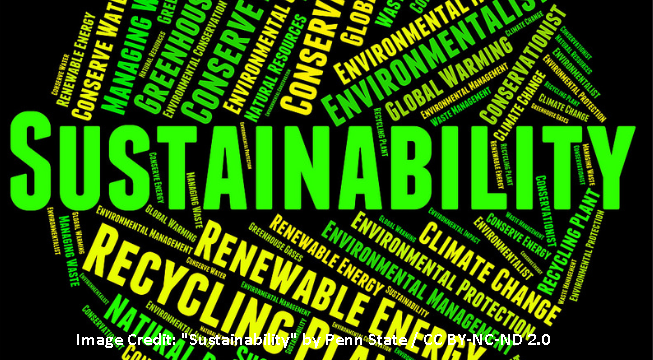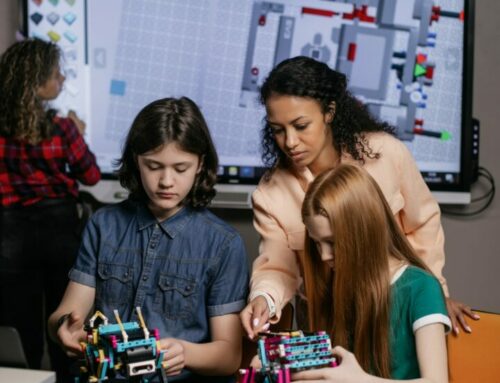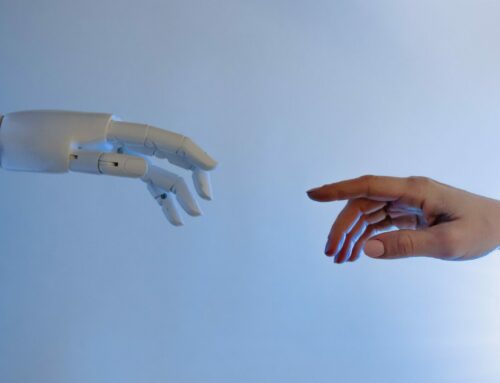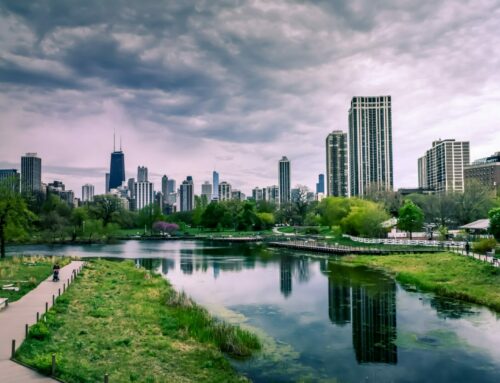Higher education for a sustainable future
Patrick Blessinger, Enakshi Sengupta, and Taisir Subhi Yamin
St John’s University, New York City, USA, The American University of Kurdistan, and The International Centre for Innovation in Education
For much of human history people used renewable resources to provide the basic energy needed for eating, trading, transporting and simple social development (for example, wind and water for milling and seafaring as well as biomass for heating, cooking and shelter). In other words, in pre-industrial societies, humans, out of the need for survival, learned how to adapt their ways of life to fit the natural rhythms and conditions of their environment.
Then, with the advent of the industrial revolution, societies began to use fossil fuels (coal, oil, natural gas) on a large scale to drive the growth of mass production systems and international trade.
With the advent of post-industrial societies over the past 200 years, humans have learned how to adapt the environment to fit human needs (for example, large-scale livestock and crop domestication, indoor climate-controlled environments, artificial lighting, reshaping the landscape to make it habitable and conducive to transportation and trade, among others).
The industrial revolution, like the scientific revolution that preceded it, created a major paradigm shift in how humans viewed and interacted with their environment and consequently how humans viewed others and interacted socially. Both revolutions brought with them technological innovations that allowed humans to be less and less dependent on the natural cycles of the environment.
Albeit slowly, we now find ourselves making the transition back to renewable resources. After 200 years of large-scale use of fossil fuels, we now know the potential harms that it can have on the environment.
So, with the help of modern scientific knowledge and technological innovations, most countries are looking for ways to gradually replace or supplement non-renewable energy with renewable forms of energy. This shift in our relationship with the environment represents a major paradigm shift in the way humans relate to the natural environment.
A moral responsibility to protect the environment
Today, we are learning how to live better with nature and how to better manage it for a more sustainable future. For instance, most societies now have laws and other reasonable restrictions that regulate farming, fishing, hunting, manufacturing, community development and the like in order to safeguard the environment for present and future generations.
However, although scientific knowledge is necessary for change, it alone is not sufficient. To avoid the mistakes of the past, we also require the application of human, animal and environmental rights to inform and guide us in how to apply that scientific knowledge responsibly and in accord with the environment, which can also be enhanced with an understanding of indigenous ways of knowing and living in harmony with the environment.
Humans have a moral responsibility to protect and manage the natural environment for present and future generations. To that end, our moral reasoning with regard to justice and inclusion must include a responsibility and duty to all aspects of the planet.
On a global scale, there is little doubt that humanity is better off now than it was in the past, but huge problems still remain (for example, illiteracy, hunger, poverty, disease and climate change) that require international cooperation and commitment.
The most comprehensive and bold action taken by the world community is the United Nations Sustainable Development Goals (SDG) initiative, which sets ambitious targets in all the key areas of concern for our planet.
Lifelong learning as a renewable resource
The International Higher Education Teaching and Learning Association supports the SDG initiative and encourages heads of non-profit colleges and universities, associations and institutes to sign the Declaration on University Global Engagement and adopt the SDGs as a framework for organising their global engagement activities to address complex global challenges.
The declaration expresses a commitment to global engagement through a series of actions, including:
- Developing the global competence of all students so they have the skills to productively engage with individuals from different cultural and national backgrounds.
- Increasing students’ understanding of the most pressing economic, social and environmental challenges facing the world today.
- Significantly increasing student physical and virtual mobility across nations so that many more students experience realities outside their domestic contexts and deepen their understanding of challenges and opportunities in other parts of the world.
- Committing to cross-border and cross-sector research, knowledge sharing and innovation in collaboration with institutions’ public and private stakeholders in pursuit of novel solutions to the SDGs.
- Communicating publicly about the progress and importance of higher education’s global engagement.
The ability to continually learn and to pass the product of that learning (knowledge and skills) to future generations is what has allowed humans to progress politically, economically, socially and technologically.
In short, the development of modern democracies, universal educational systems and universal rights has allowed societies to evolve very rapidly. In contemporary society, the one type of renewable resource that is also needed for continued human progress is the resource of lifelong learning.
Irina Bokova, former director-general of UNESCO, put it this way: “We are convinced that in a world full of limitations – in terms of our resources and our means – humanity can count on the renewable resources of its intelligence, creativity and ingenuity. This wealth, fostered by the moral requirement to respect the rights and dignity of each individual, represents an infinite source of progress.”
Patrick Blessinger is an adjunct associate professor of education at St John’s University, New York City, USA, and chief research scientist for the International Higher Education Teaching and Learning Association (HETL). Enakshi Sengupta is dean of the College of Business at the American University of Kurdistan. Taisir Subhi Yamin is general director of the International Centre for Innovation in Education. The International HETL Association will explore the issues raised in this article in its forthcoming four-volume series titled Higher Education and Sustainable Development. It will cover everything from integrating sustainable development into the curriculum to teaching and learning strategies for sustainable development.
Suggested Citation:
Blessinger, P. (2018). Higher education for a sustainable future, University World News, http://www.universityworldnews.com/article.php?story=20181128082326995
Or
Blessinger, P. (2018). Higher education for a sustainable future, Higher Education Tomorrow, Volume 5, Article 11, https://www.patrickblessinger.com/higher-education-for-a-sustainable-future
Copyright © [2018] Patrick Blessinger
Disclaimer
Opinions expressed in this article are those of the author, and as such do not necessarily represent the position(s) of other professionals or any institution.




